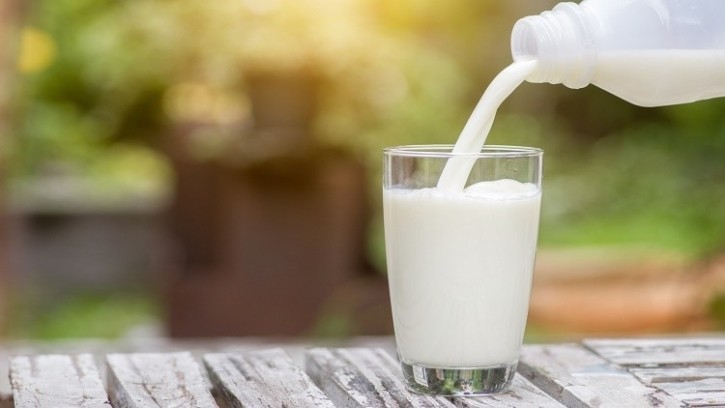New Zealand dairy giant Fonterra recently announced its new Climate Roadmap targeting an overall ‘30% intensity reduction in on-farm emissions’ by 2030 from a 2018 baseline.
According to Fonterra CEO Miles Hurrell, this strategy is a response to public demands for increasing sustainability demonstration in the dairy industry.
“As a dairy partner to many of the world’s leading food companies, we’re responding to growing sustainability ambitions from our customers and financial institutions, along with increasing market access, legal and reporting obligations,” he told us.
“Our collective efforts to reduce emissions – from on farm, across our operations and by our R&D teams – will help future proof Fonterra.
“We expect this new target will be achieved through a number of ways, including 7% reduction through farming best practices, 7% reduction through novel technologies that we’re developing [together with government] and other partnerships; 8% reduction through carbon removals from vegetation and 8% from historical land-use change conversions to dairy.”
Industry players have largely shown a positive response to the Climate Roadmap, such as local food and beverage heavyweight Nestle New Zealand.
“Nestlé has sourced dairy from New Zealand for well over a hundred years, we will continue supporting farmers alongside our partners to develop new economic opportunities and reduce their greenhouse gas emissions,” Nestle New Zealand CEO Jennifer Chappell told us.
“This move by Fonterra will encourage even greater action by farmers, researchers and policy makers in support of a just transition for the dairy industry.
“Nestle [will also play our part by] prioritising our sourcing from farmers engaged in lowering emissions, by providing technical support, and by paying a premium for their products.”
Nestle and Fonterra are currently involved in a number of sustainability-focused initiatives including crop nutrient management to reduce greenhouse gas emissions, the development of profitable net zero emission farming, planting one million native plants on farms to sequester carbon and more.
“Dairy is our single biggest source of greenhouse gas emissions, hence we must work with dairy farmers and their communities towards our goal while supporting a just transition,” she stressed.
Efficiency doubts
On the other side of the coin though, doubts have emerged with regard to the roadmap’s efficiency in cutting down carbon emissions by quantity, spurred largely by the firm’s choice to target ‘intensity reduction’ as opposed to ‘absolute reduction’.
‘Intensity reduction’ targets measure emissions in relation to a certain phy
Read More

